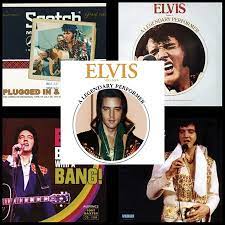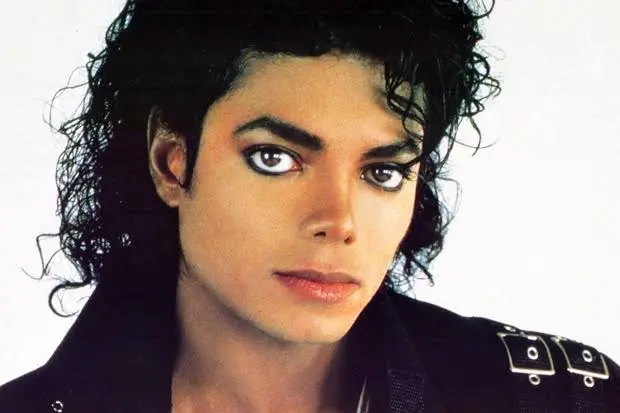Exploring the Legacy of Bootleg Albums: A Journey through Music’s Underworld
In the annals of music history, bootleg albums occupy a peculiar and controversial niche, characterized by their illicit origins and clandestine distribution. These unauthorized recordings, often capturing live performances, studio outtakes, and unreleased tracks, have long fascinated music enthusiasts and industry insiders alike. Let’s embark on a journey through the golden era of bootleg albums and explore their enduring legacy.
The roots of the bootleg industry trace back over a century to the pioneering efforts of individuals like Lionel Mapleson, whose clandestine recordings of Metropolitan Opera performances in the early 1900s laid the groundwork for future bootleggers. Mapleson’s recordings, made with a phonograph concealed high above the opera stage, provide a rare glimpse into the musical landscape of that era and are now cherished artifacts housed in esteemed archives.
Fast-forward to the mid-20th century, and bootlegging experienced a renaissance fueled by the burgeoning jazz and rock scenes. Jazz aficionados, frustrated by the limited availability of recordings, resorted to recording live performances of legends like Dizzy Gillespie and Charlie Parker using rudimentary equipment. These grassroots efforts preserved invaluable musical moments that might have otherwise been lost to history.
The watershed moment for rock bootlegs came in 1969 with the release of “Great White Wonder,” a compilation of unreleased Bob Dylan recordings assembled by two intrepid fans. This seminal release ignited a bootleg frenzy, spurring demand for unauthorized recordings of iconic artists like The Beatles, the Rolling Stones, and Led Zeppelin. Bootleggers tapped into various sources, from surreptitious recordings at live shows to studio outtakes obtained through covert means.
Despite their underground status, bootleg albums exerted a significant cultural influence, prompting official responses from record labels and artists. In some cases, bootlegs forced labels to release official live albums to counteract the demand for illicit recordings. The iconic Stones album “Get Your Ya-Ya’s Out” owes its existence, in part, to the popularity of bootlegged live recordings.
However, the bootleg industry was not without controversy and legal ramifications. Bootleggers operated in a murky legal landscape, exploiting loopholes and evading prosecution through covert means. International networks facilitated the distribution of bootlegs, with some operations allegedly tied to criminal organizations like the Irish Republican Army and the Russian mob.
The advent of digital technology and online file sharing heralded a new chapter in the bootleg saga. While traditional bootlegging declined, digital piracy flourished, posing new challenges for the music industry. Streaming platforms became battlegrounds for combating piracy and unauthorized distribution, prompting intensified enforcement efforts and international cooperation.
As we reflect on the golden era of bootleg albums, we recognize their paradoxical legacy: simultaneously celebrated as cultural artifacts and condemned as acts of piracy. While the heyday of bootlegs may have waned, their enduring allure underscores the complex relationship between art, commerce, and the ever-evolving landscape of music consumption.








